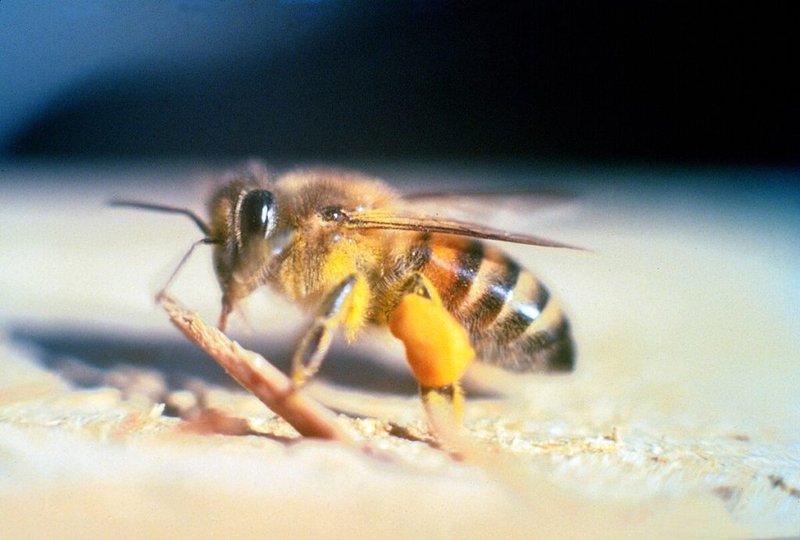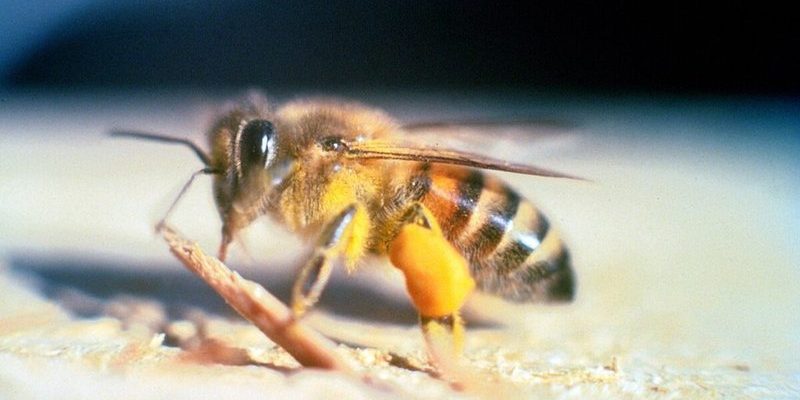
You might be wondering why we should care so much about these little insects. Well, honey bees contribute to about one-third of the food we eat. So, when they face threats, it’s not just a bee problem; it becomes a problem for all of us. Let’s explore the various predators and threats to honey bees, how they affect bee populations, and what we can do to help.
Understanding Honey Bee Predators
Before diving into specific threats, it’s important to recognize that honey bees have natural predators. Just like every animal in the wild faces some form of danger, honey bees are no exception. Predators can come in many forms, including insects, birds, and even mammals.
For instance, one of their most notorious predators is the honey badger. Despite their small size, these creatures are known for their ferocity. Honey badgers have a reputation for raiding beehives, consuming honey and bees alike. Another predator is the wasp, which can attack honey bees directly or invade their hives to steal honey. This constant threat keeps honey bees on high alert, affecting their behavior and productivity.
Interestingly, even other insects and animals in the ecosystem play a part in this predator-prey dynamic. Birds like the blue jay or the sparrow also enjoy snacking on bees. It’s a tough life out there for our buzzing friends.
Pesticides and Chemical Threats
While natural predators pose a significant threat, human activity brings about even more danger. One of the biggest culprits? Pesticides. Farmers often use these chemicals to protect crops, but they can have devastating effects on honey bee populations.
When bees forage for nectar and pollen from treated plants, they can bring these harmful chemicals back to their hives. This can lead to weakened immune systems, making bees more vulnerable to diseases and other threats. Studies have shown that certain chemicals, particularly neonicotinoids, have been linked to bee population decline.
Here’s the thing: while farmers need to protect their crops, it’s crucial to find a balance that ensures the safety of pollinators. Organic farming practices and integrated pest management strategies can help reduce the reliance on harmful chemicals.
Habitat Loss and Environmental Changes
Another pressing threat to honey bees is habitat loss. As urban areas expand and agriculture intensifies, the natural habitats that bees rely on for food and shelter are disappearing. Imagine if you suddenly had nowhere to live or food to eat—that’s the reality for many bee populations.
Urbanization pushes bees into smaller pockets of land, making it harder for them to find diverse food sources. Additionally, climate change contributes to this problem by altering blooming patterns of flowers, which disrupts the timing of when bees are active. As flowers bloom earlier or later due to shifting weather patterns, the synchronicity between bees and their food sources becomes fractured.
To help combat habitat loss, it’s essential to plant bee-friendly gardens and support local initiatives that protect natural spaces. Even small efforts can make a big difference in providing safe habitats for these important insects.
The Varroa Mite: A Tiny Terror
When it comes to threats, you can’t ignore the infamous varroa mite. This tiny parasite has become a leading cause of colony collapse among honey bees. Varroa mites attach to bees and feed on their bodily fluids, weakening them and making them susceptible to diseases.
Imagine running a marathon and carrying an extra 10-pound weight on your back. That’s how it feels for bees infected with varroa mites. They struggle to fly, gather food, and maintain their hives. The weight of the mites can lead to a drop in population and ultimately cause entire colonies to collapse.
Beekeepers can manage varroa mites through regular monitoring and treatments. Integrated pest management techniques, such as using natural predators or chemical treatments, can help keep mite populations in check.
Diseases Affecting Honey Bees
Diseases can be another major threat to honey bees. These insects can fall prey to various pathogens, including bacteria, viruses, and fungi. The impact of these diseases can be profound, leading to weakened hives or even collapse.
One of the most common diseases affecting honey bees is American foulbrood. It’s a bacterial disease that attacks bee larvae, leading to high mortality rates. Infected colonies must often be destroyed to prevent the disease from spreading.
In addition to foulbrood, honey bees can also suffer from Nosema, a fungal infection that affects their digestive systems. If bees can’t properly digest their food, they can’t gather energy efficiently, leading to a decline in colony health.
Regular monitoring and good hive management practices can help beekeepers detect and manage these diseases early. It’s crucial to stay informed and proactive in the face of these threats.
Climate Change: The Bigger Picture
While many threats to honey bees are direct and immediate, climate change introduces a broader set of challenges. Fluctuating temperatures, unpredictable weather patterns, and increased frequency of extreme events all affect bee populations.
One significant impact of climate change is shifting bloom times. As temperatures rise, flowers may bloom earlier, which can lead to a mismatch between when bees look for food and when flowers offer it. This misalignment can affect the amount of food bees can gather, directly impacting their survival.
Furthermore, extreme weather events, such as heavy rains or prolonged droughts, can destroy habitats and limit food sources. With fewer flowers and increased stress, bee populations can decline rapidly. Addressing climate change through sustainable practices and environmental awareness is essential for the future of honey bees.
How to Help Honey Bees Thrive
Now that we’ve explored the various threats to honey bees, you might be wondering how you can help these vital pollinators. Luckily, there are several actions you can take, no matter where you live.
– Plant Bee-Friendly Gardens: Fill your garden with native flowers and plants that provide nectar and pollen. Avoid using pesticides whenever possible.
– Support Local Beekeepers: By purchasing honey or bee products from local sources, you support practices that help bees thrive in your community.
– Raise Awareness: Educate yourself and others about the challenges bees face. The more people know, the more actions can be taken to help.
Every small effort counts. By working together, we can create a environment where honey bees can thrive and continue their essential role in our ecosystems.
In conclusion, honey bees face an array of threats, from natural predators to environmental challenges. Understanding these dangers is crucial not only for their survival but for our own well-being, as they play a vital role in our food production. By taking action, we can make a difference and ensure that these incredible insects continue to thrive in our world.

